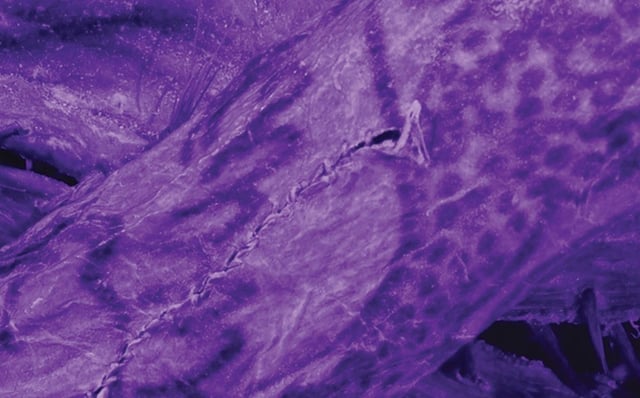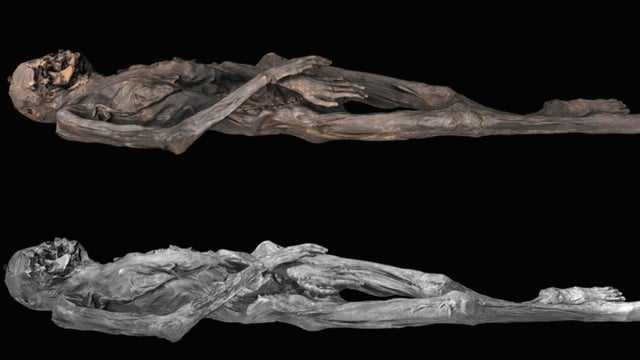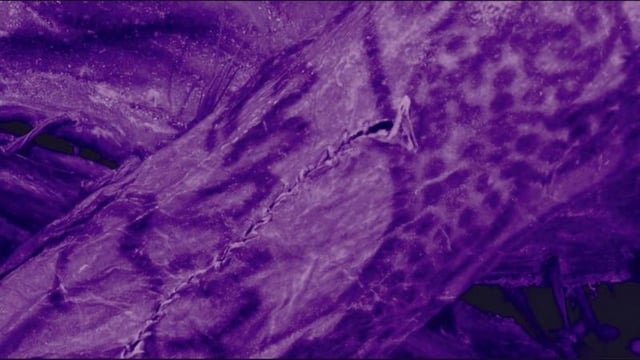Overview
- Submillimeter near-infrared imaging revealed fine lines and hidden figurative designs on the Pazyryk woman’s arms that earlier methods overlooked.
- Distinct multipronged bundles and single-needle tools identified in the scans point to formalized training and technical specialization among tattooists.
- Marked differences in design complexity between the right and left forearms suggest work by different artists or an evolution of skill over time.
- Partnership with modern tattoo practitioners demonstrated how soot-based pigments and bone or horn implements produced detailed animal motifs such as leopards, deer, roosters and a mythical griffin.
- Evidence of cuts around many tattoos indicates deliberate removal during mummification, implying that body art held little afterlife value for the Pazyryk.


